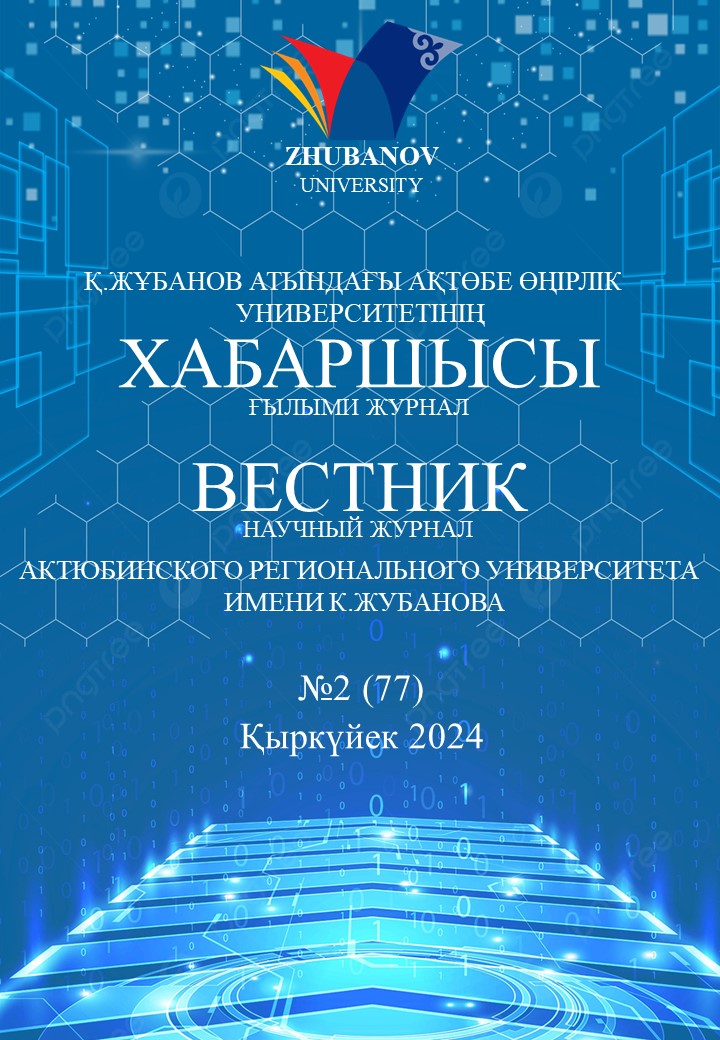This article examines the experience of agglomeration development in China and Kazakhstan. It reviews the history of formation and approaches to defining the concept of urban agglomeration, including the definition of urban agglomeration by Chinese scholars. Forecasts are presented for metropolitan areas around the world and in China. In the practice of agglomeration development in China today, five urbanization belts and nineteen major urban agglomerations are outlined. The transfer of "non-capital functions" from the Chinese capital to Hebei Province is transforming Xiong'an into a center of innovation. The set of special measures used by the Chinese authorities to stimulate the development of megalopolises and agglomerations is considered. Characteristics of the functioning of China's urban agglomerations are presented, as well as their advantages and disadvantages.
The experience of agglomeration development in Kazakhstan at the legislative level is studied, and attention is paid to the introduction of a new model of agglomeration management in the country, which gives regional administrations basic, additional powers and responsibilities for agglomeration development. The imbalances around the major cities and the main factors contributing to these imbalances are considered. The need for the formation and development of agglomerations as points of economic growth of the country and their effective positioning according to the level and specialization of their development is substantiated.
Based on the analysis of the development of agglomeration processes in Kazakhstan, the advantages and disadvantages of urban agglomerations are presented. Suggestions are made on the directions of their further development.
H. J
Doctor of Economic Sciences, docent, Xinyang University of Finance and Economics, China
Е-mail: 1015191157@qq.com, https://orcid.org/0009-0007-8876-1152
KURMANALINA A.А.
Candidate of Economic Sciences, K.Zhubanov Aktobe Regional University, Aktobe, Kazakhstan
Е-mail: kurmanalina@mail.ru, https://orcid.org/0000-0002-0012-2775
SAPARGALI A.М.
Master Lecturer, K.Zhubanov Aktobe Regional University, Aktobe, Kazakhstan
Е-mail: agles_@mail.ru , https://orcid.org/0000-0002-0729-6401
- Glazunov D.A., Chichinova A.L. Features of urban agglomeration formation in the Zhujiang River delta. Bulletin of L.N. Gumilev ENU. № 3(136)/2021 с.91-101.
- Shchepin K. "Agglomeration №1": the PRC Chairman set the tasks of metropolitan sub-region development. Available at: https://dknews.kz/ru/okno-v-kitay/288586-aglomeraciya-1-predsedatel-knr-rasstavil-zadachi.
- Merkuryev Vladimir Vladimirovich, Myagkov Yevgeniy Vladimirovich Development of agglomerations: stages, domestic and foreign practices// Regional economy and management: electronic scientific journal. — №3 (71). Available at: https://eee-region.ru/article/7108/
- On the Development of Agglomerations Law of the Republic of Kazakhstan dated January 1, 2023 № 181-VII.
- Ishekenova B. Cities fall asleep and agglomeration awakens: Kazakhstan will expand the capacity of megacities. Available at: https://lsm.kz/gorod-aglomeracij
- Decree No. 990 of the Government of the Republic of Kazakhstan dated December 27, 2019. On approval of the State Program of Regional Development for 2020 - 2025
- Bibatyrova I.A., Sansyzbaeva G.N. Urban agglomeration: history and development opportunities in Kazakhstan. Economics: Strategy and Practice. -2018. - № 4 (48) 66, с.59-67


